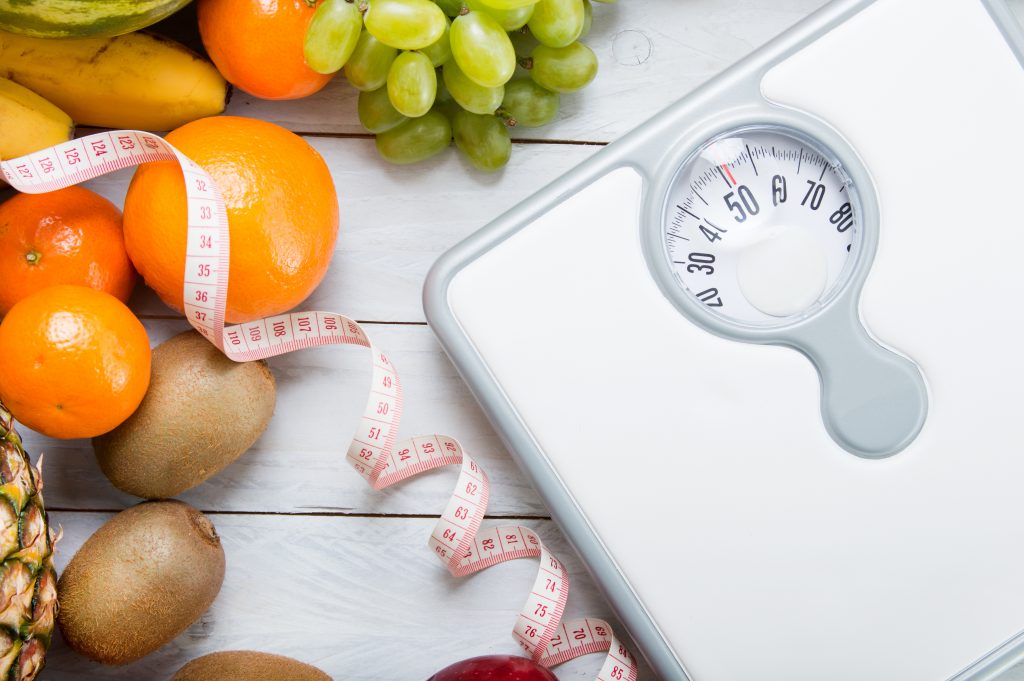Mastering Portion Control: Your Key to a Healthy Lifestyle
Maintaining a healthy lifestyle is a goal shared by many, and a crucial aspect of achieving this is managing our portion sizes. Portion control refers to the practice of eating a balanced quantity of food, providing the right amount of nutrition without overindulging. In a world where larger portions have become the norm, understanding and implementing portion control is essential for weight management, overall health, and overall well-being. In this blog post, we'll explore the significance of portion control and provide practical tips to help you master this key element of a healthy lifestyle.
Understanding Portion Control:
Portion control is not about strict dieting or deprivation. Instead, it's about making conscious choices to maintain balance and moderation in our eating habits. The concept revolves around eating the appropriate amount of food, considering both quality and quantity. By controlling portion sizes, we can prevent overeating, maintain a healthy weight, and ensure that our bodies receive the necessary nutrients without excessive calorie intake.Why Portion Control Matters:
Weight Management:
One of the most evident benefits of portion control is weight management. By monitoring portion sizes, we can prevent consuming excess calories that lead to weight gain. Over time, consistent portion control can help us achieve and maintain a healthy weight.Nutritional Balance:
Portion control allows us to distribute our daily calorie intake among the various food groups, ensuring a balanced and nutritious diet. By including the right proportions of proteins, carbohydrates, healthy fats, fruits, and vegetables, we provide our bodies with essential nutrients for optimal health.Blood Sugar Regulation:
Overeating can cause blood sugar spikes, leading to energy crashes and increased cravings. By practicing portion control, we can stabilize our blood sugar levels and maintain steady energy throughout the day, reducing the risk of developing diabetes and managing existing conditions.
Tips for Effective Portion Control:
Use Visual Cues:
Visual aids can be incredibly helpful in estimating portion sizes. Familiarize yourself with common references, such as a deck of cards for meat portions, a tennis ball for fruit, or a fist for grains. This can assist you in gauging appropriate serving sizes without relying on measuring cups or scales.Mindful Eating:
Slow down and pay attention to your body's signals of hunger and fullness. Eat slowly, savor each bite, and listen to your body's cues that indicate satiety. By eating mindfully, you're more likely to stop eating when you're comfortably full, rather than overeating due to external cues or distractions.Use Smaller Plates and Bowls:
Trick your brain into thinking you're consuming more by using smaller plates and bowls. A smaller plate can make a reasonable portion appear more substantial, helping you feel satisfied without overeating.Pre-portion Snacks:
Instead of eating directly from a large bag or container, pre-portion your snacks into smaller bags or containers. This prevents mindless munching and helps you stick to appropriate portion sizes.Fill Half Your Plate with Vegetables:
Vegetables are low in calories and high in nutrients, making them the perfect addition to your meals. By filling half of your plate with vegetables, you automatically reduce the space available for higher-calorie foods while increasing your intake of essential vitamins and minerals.









Comments
Post a Comment